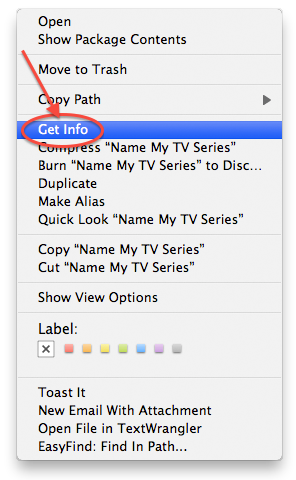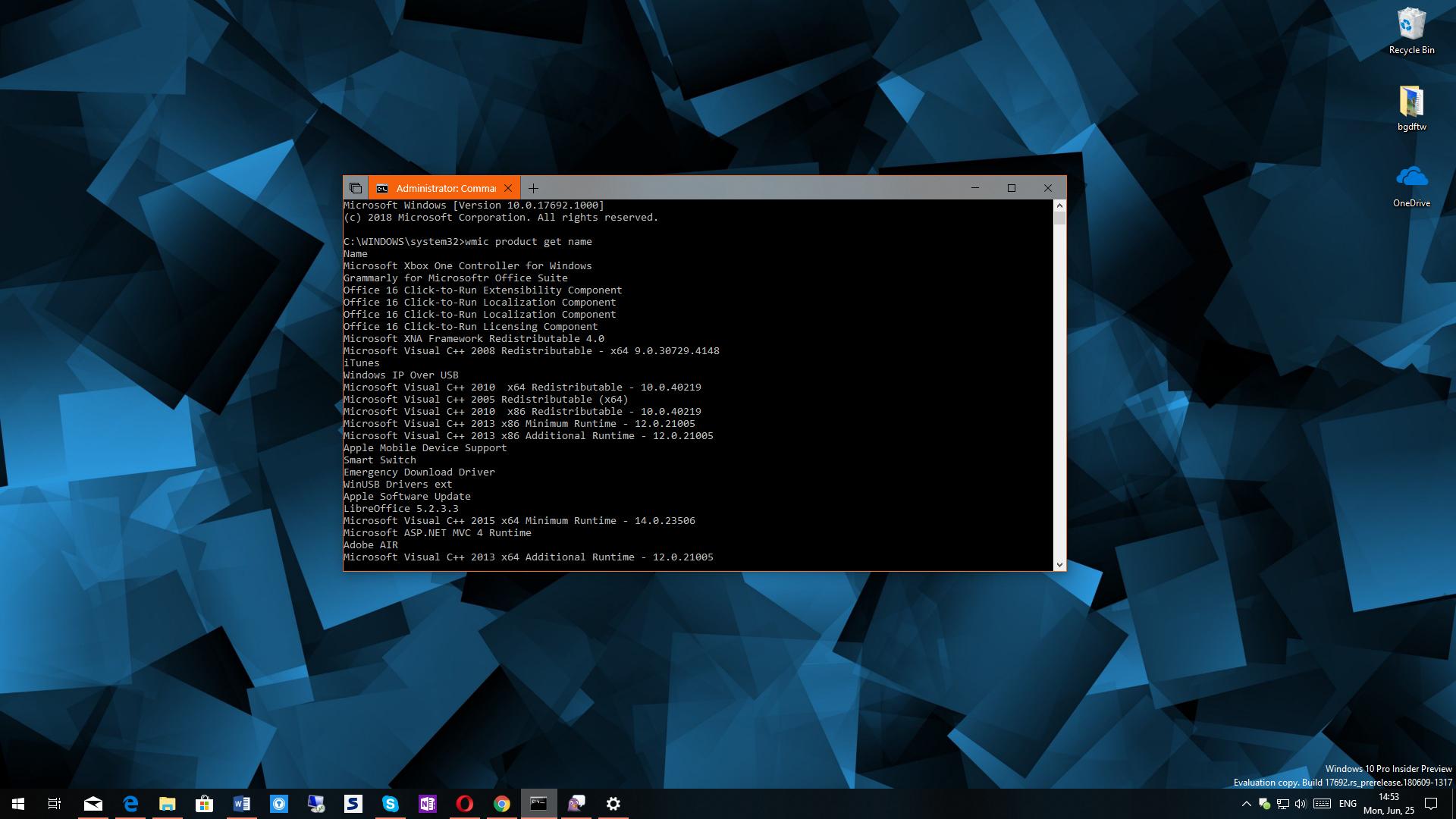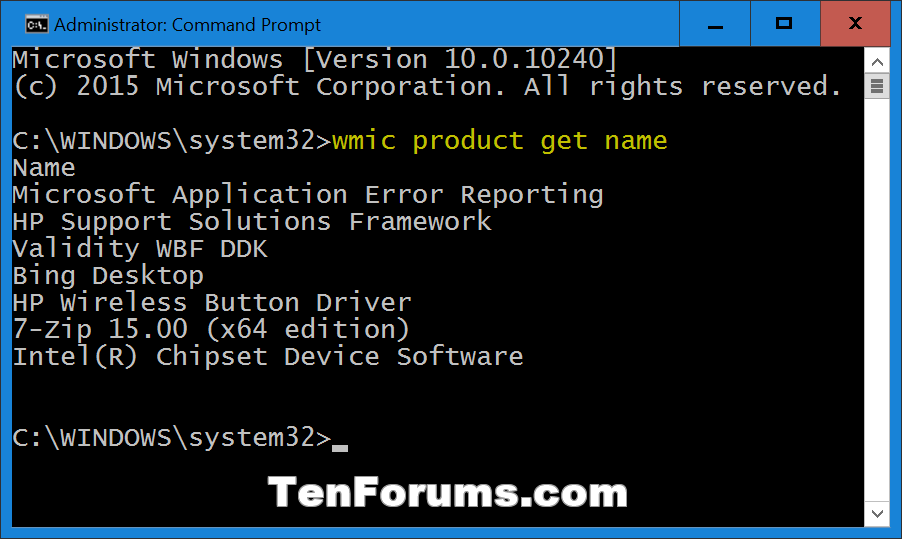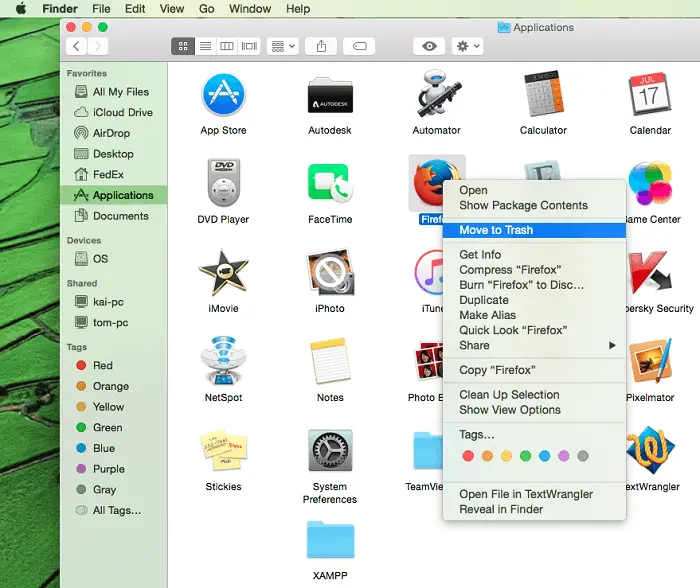By using the Windows Instrumentation command-line interface (WMIC), you can easily uninstall an application without having to use the GUI. Once you become familiar with the steps, it will be much faster than having to access the Add/Remove Programs applet in the Control Panel. This Tech-Recipe applies to Windows XP Professional, Windows Vista, Windows Server 2003 and Windows Server 2008.
Command Line Interface¶ Installing Flask installs the flask script, a Click command line interface, in your virtualenv. Executed from the terminal, this script gives access to built-in, extension, and application-defined commands. The -help option will give more information about any commands and options. I already remove the app but I forgot to unpin the app before I remove it. So after remove, the pinned app icon turns to a white paper icon as the image below and cannot unpin it anyway. My question is how I do remove this icon out from my taskbar? It's annoying me to keep taskbar clean. Thank you in advance. This displays all updates installed on the system. Select the update that you want to remove, and then click Uninstall. Method 2: Uninstall Windows 10 Updates from Settings. Open Settings app by pressing the Windows key + I hotkey, or clicking Settings from the Start Menu. Click Update and security.
1. Open a command prompt.
2. Input WMIC and press Return. You will see a prompt that looks like this:wmic:rootcli>
The command line is not only powerful, it can also be dangerous. Learn how to use commands for deleting files and folders correctly to make sure your time with Terminal is a productivity godsend.
3. At the new prompt, execute the following command:product get name
This will generate a list of installed applications.
4. At the prompt, execute the following command:product where name=' call uninstall
where application name is the name of the program you wish to uninstall (use the exact name provided by the previously generated list).
For example, if I were wanting to uninstall Adobe Reader 9, my command would look like this:product where name='Adobe Reader 9' call uninstall
5. When prompted, input y to confirm that you wish to uninstall the application and press Return.


The application will be uninstalled.
About Rob Rogers
View more articles by Rob Rogers
The Conversation
Follow the reactions below and share your own thoughts.
-->Removes an app package from one or more user accounts.
Syntax
Description
The Remove-AppxPackage cmdlet removes an app package from a user account.
An app package has an .msix or .appx file name extension.
Examples
Example 1: Remove an app package
This command removes an app package named package1_1.0.0.0_neutral__8wekyb3d8bbwe from the account of the current user.

Parameters

This parameter removes the app package for all user accounts on the computer. The parameter works off the parent package type. If it is a bundle, use -PackageTypeFilter with 'Get-AppxPackage' command and specify the bundle. To use this parameter, you must run the command by using administrator permissions.
| Type: | SwitchParameter |
| Position: | Named |
| Default value: | None |
| Accept pipeline input: | False |
| Accept wildcard characters: | False |
Prompts you for confirmation before running the cmdlet.
| Type: | SwitchParameter |
| Aliases: | cf |
| Position: | Named |
| Default value: | False |
| Accept pipeline input: | False |
| Accept wildcard characters: | False |
Specifies an AppxPackage object or the full name of a package.
| Type: | String |
| Position: | 0 |
| Default value: | None |
| Accept pipeline input: | True |
| Accept wildcard characters: | False |
Specifies that the cmdlet preserves the application data during the package removal.The application data is available for later use. Note that this is only applicablefor apps that are under development so this option can only be specified for appsthat are registered from file layout (Loose file registered).

| Type: | SwitchParameter |
| Position: | Named |
| Default value: | None |
| Accept pipeline input: | False |
| Accept wildcard characters: | False |
If you specify this parameter, the cmdlet removes the app package for only the user that this cmdlet specifies. To remove a package for a user profile other than the profile of the current user, you must run this command by using administrator permissions.
Note
- This parameter only accepts user SIDs
- Use the whoami /user command to display the current SID of a user. See whoami syntax for details.
Deleting An Application On Mac
| Type: | String |
| Position: | Named |
| Default value: | None |
| Accept pipeline input: | False |
| Accept wildcard characters: | False |
Shows what would happen if the cmdlet runs.The cmdlet is not run.
| Type: | SwitchParameter |
| Aliases: | wi |
| Position: | Named |
| Default value: | False |
| Accept pipeline input: | False |
| Accept wildcard characters: | False |
Inputs
String[]
Microsoft.Windows.Appx.PackageManager.Commands.AppxPackage
An AppxPackage object that contain information, including the full name of the app package.
Deleting An App On A Mac
Outputs
None
Related Links
